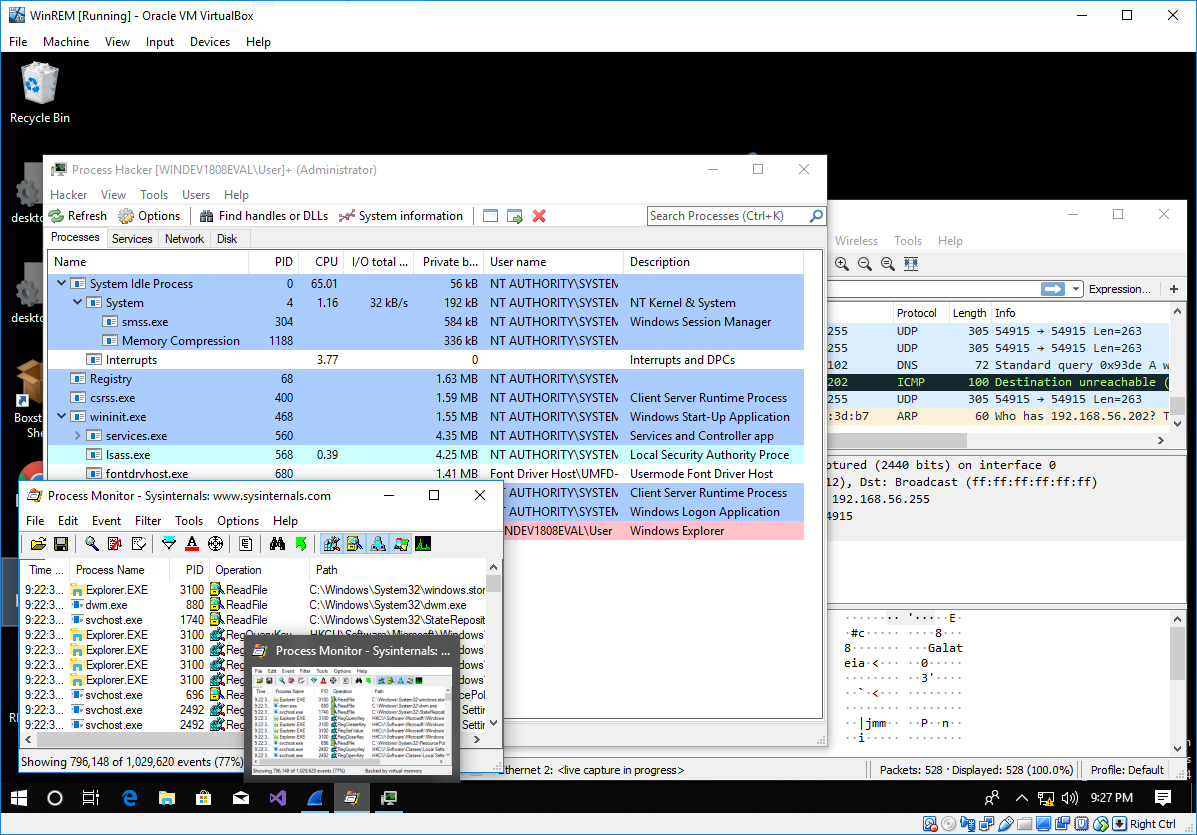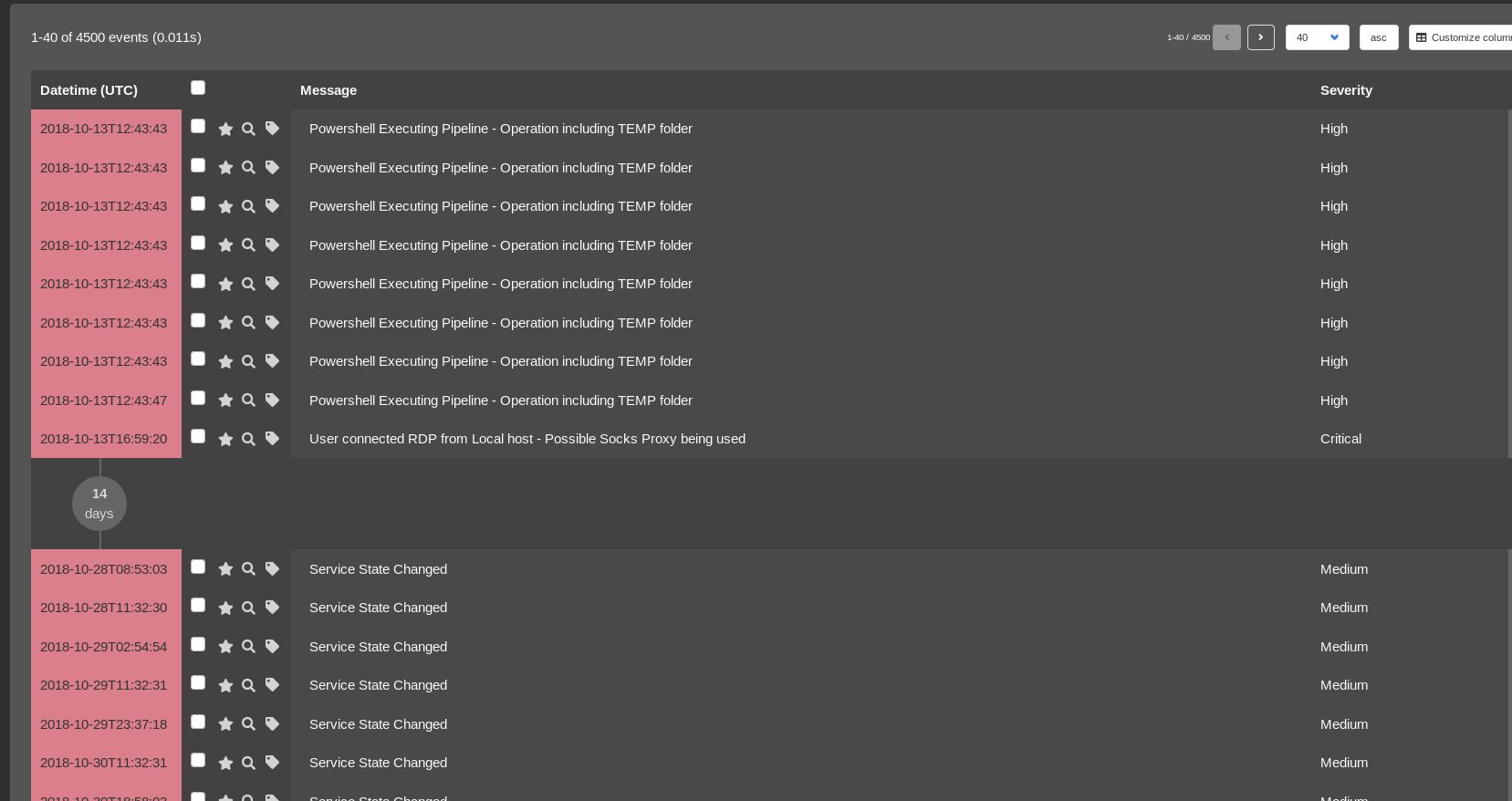

This Wireshark tutorial describes how to decrypt HTTPS traffic from a pcap in Wireshark. When reviewing pcaps from malware activity, it’s very helpful to know what’s contained within post-infection traffic. But like most websites, various types of malware also use HTTPS. Why? Because most websites use the Hypertext Transfer Protocol Secure (HTTPS) protocol. When reviewing suspicious network activity, we often run across encrypted traffic. The instructions assume you are familiar with Wireshark, and it focuses on Wireshark version 3.x.

= 1 and tutorial is designed for security professionals who investigate suspicious network activity and review packet captures (pcaps) of the traffic. =1 or (tcp.seq=1 and tcp.ack=1 and tcp.len=0 and _rtt) Find files by typeįrame contains “(attachment|tar|exe|zip|pdf)” Find traffic based on keywordįrame contains facebook Detecting SYN Floods Http.request or http.response Filter three way handshake Http.request Filter all http get requests and responses Tcp.port = 80 & ip.addr = 192.168.0.1 Filter all http get requests !(arp or icmp or dns) Filter IP address and port
!er_agent contains || !er_agent contains Chrome Filter broadcast traffic Tcp.srcport = 80 Filter TCP port destination !ip.addr =192.168.0.1 Display traffic between two specific subnet Icmp Exclude IP address: remove traffic from and to IP address Ip.addr = 192.168.0.1/24 Filter by protocol: filter traffic by protocol name Ip.dst = 192.168.0.1 Filter by IP subnet: display traffic from subnet, be it source or destination Ip.src = 192.168.0.1 Filter by destination: display traffic only form IP destination

Ip.addr = 192.168.1.1 Filter by source address: display traffic only from IP source Filter by IP address: displays all traffic from IP, be it source or destination Bellow is a list of the most common type of filtering. The filtering capabilities are very powerful and complex, there are so many fields, operators and options and their combination becomes overwhelming. Fortunately, wireshark has display filters so that we can search for specific traffic or filter out unwanted traffic, so that our task becomes easier. Wireshark takes so much information when taking a packet capture that it can be difficult to find the information needed.


 0 kommentar(er)
0 kommentar(er)
